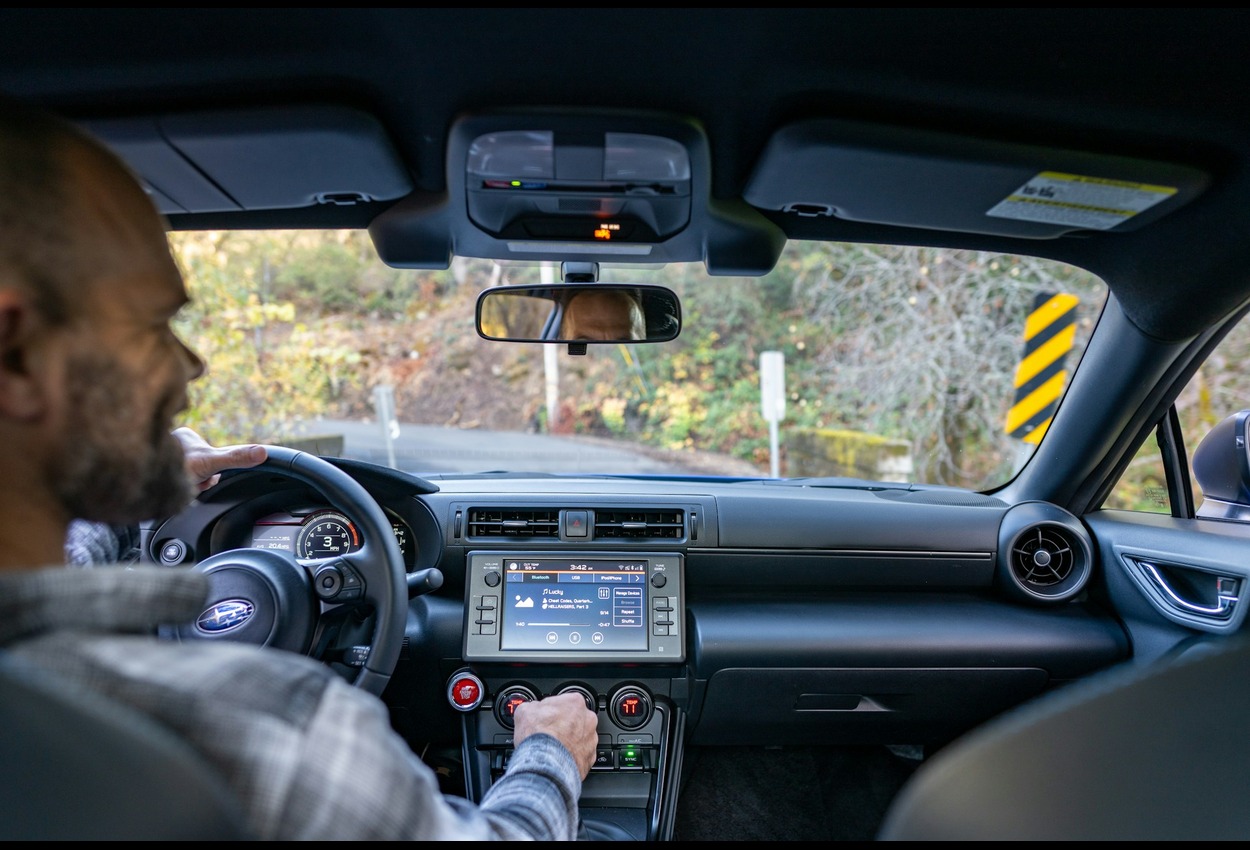Introduction to Switching 2nd Gear
Switching 2nd gear may seem simple, but mastering it will greatly enhance your driving experience. To get the most out of your vehicle, whether in the city or on winding roads, second gear is essential. It makes the difference between smooth acceleration and significant engine fatigue. We’ll delve deeper into second gear shifting so you can improve your technique and gain confidence behind the wheel. Take it to the next level!
Understanding the Role of 2nd gear in Driving
Shifting second gear significantly enhances your driving experience. It provides the perfect balance of power and control, serving as a transition between first and higher gears.
Second gear provides the torque needed to accelerate smoothly without overloading the vehicle, which is useful both when stopping and when cornering. It improves stability and traction on various road surfaces.
During low-speed maneuvers, the engine responds more quickly. Shifting into second gear increases engine speed while keeping it at a reasonable level, thus preventing loss of control.
Second gear is essential for hauling heavy loads or climbing hills. In addition to providing enough power to tackle inclines efficiently, it also prevents the vehicle from stalling. Understanding how it works allows drivers to better adapt their shifting strategies to different road conditions.
Why Switching 2nd Gear for Performance
To get the most out of your car, Switching 2nd gear is essential. Especially when accelerating, it allows for better use of the engine’s power.
The gear/torque ratio is better balanced thanks to this gear change. You get faster throttle response in lower gears, such as second. Regardless of road conditions, this response improves control.
Furthermore, shifting into second gear at the optimal time helps optimize fuel consumption. The engine has to work harder if the gear change is made too early or too late.
A seamless transition will also allow you to negotiate corners more easily. Maintaining the right gear allows you to avoid stalling and maintain momentum through corners.
You can greatly improve your driving experience by learning when and how to shift into second gear. Your daily car journeys will become true adventures.
You might like: LittleMinaxo: Voomixi com
Common Mistakes When Switching 2nd Gear
For many drivers, Switching 2nd is a real challenge. As a result, it often leads to unfortunate mistakes.
Rushing gear changes is a common mistake. Going too fast can cause a jerk, making the shift unpleasant and painful. Be patient; smoothness is essential.
Improper engine timing is another common mistake. Engine speeds that are too high or too low can cause grinding or stalling. For better timing, constantly listen to the engine noise.
Furthermore, drivers often neglect clutch control. Improperly depressing the clutch pedal can cause premature engagement, which can lead to long-term damage.
Some people completely neglect shifting before changing gears. Shifting too quickly can damage the transmission and other parts.
Mastering the correct shifting of second gear will improve your driving experience; it’s therefore important to be aware of these risks.
Step-by-Step Guide to Switching 2nd gear Smoothly
Ease your foot off the accelerator to shift effortlessly into second gear. This small action will prepare the engine for the gear change.
Next, fully depress the clutch pedal while lightly pressing it. You’ll be able to shift smoothly, without any grinding or hesitation once the engine separates from the wheels.
Now shift into second gear by adjusting the shift lever. Don’t force it; proceed gently but firmly.
When you’re ready, press the accelerator and slowly release the clutch. For a smooth transition, it’s essential to find the sweet spot where the pedals meet.
At this point, pay attention to any unusual engine noises and engine speed. Reassess your technique and make the necessary adjustments if anything seems off. This will help you improve your performance next time.
How do you know when to shift into second gear?
When Switching 2nd gear, timing is everything. Pay attention to the engine’s behavior. Pay attention to the shift signal (change in pitch) when accelerating.
Also, monitor your car’s speed. Depending on the model, the typical speed range for shifting gears is 16 to 32 km/h (10 to 20 mph).
Use the accelerator pedal to feel for vibrations; if they are too strong or irregular, you may need to shift gears.
Also, evaluate your acceleration. In many cases, shifting into second gear can improve performance when speed drops, even at full throttle.
Over time, your instincts will become more refined by practicing these tactics. With experience, you’ll find your rhythm and gain confidence in shifting effortlessly from first to second gear.
Tips to Improve Your Shifting Technique
Smoothness is key to improving your shifting skills. A delicate touch is essential. Ensure the shift between gears is smooth, without rushing.
Execution is key. Practice your movements in an empty parking lot, with no one or anything else to distract you. This will allow you to experience how the vehicle handles at different speeds and weather conditions.
Pay attention to the engine noise. To facilitate shifting into second gear, the tone changes as you shift.
Also pay attention to the engine speed; find the right balance between power and efficiency.
Drive calmly. If you’re nervous, you risk losing control of the vehicle and experiencing abrupt gear changes. Stay calm behind the wheel; this will improve your ease of shifting.
Troubleshooting Gear Shift Problems
Although annoying, the first step in solving gear shift problems is to identify the cause. Squealing noises, difficult shifting, or unexpected slippage when shifting are common symptoms.
Make sure your transmission fluid level is low before proceeding. Poor shifting can be caused by a low level. You can check if the level is low by topping up the fluid.
If your vehicle has a manual transmission, the next step to check is the clutch system. When shifting, a worn clutch may not fully disengage, which can cause harsh shifts or squealing noises.
Don’t ignore potential linkage issues. Shifting becomes more difficult when the cables or rods are not positioned correctly. Check the integrity and proper functioning of all connections.
If the problem persists after performing these tasks, it may be time to take your vehicle to a professional technician who can diagnose the issue and make the appropriate repairs for your model.
Conclusion: Mastering the Art of Switching 2nd gear
For any driver looking to improve their driving experience, learning the technique of shifting to second gear is crucial. It’s not just about shifting gears, but also about knowing your car and getting the most out of it. Power and handling are improved by smooth, gradual transitions.
Remember that timing is crucial. Knowing when to shift can significantly increase speed and efficiency. In this case, the engine sound and RPM will serve as your cues.
Focus on smoothness rather than haste to avoid common mistakes. The ride will be more enjoyable if you engage the clutch smoothly and shift intuitively.
By following these tips, such as careful posture and good timing, you can continue to perfect your technique. If you experience difficulty shifting gears, resolve them quickly for a stress-free ride.
With regular practice, you’ll gain confidence as you shift effortlessly into second gear!

